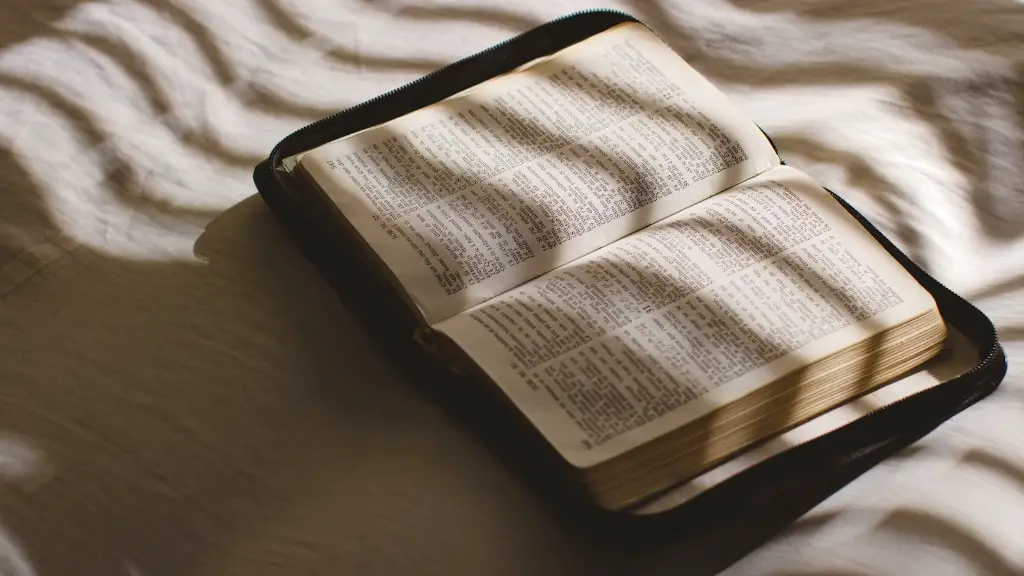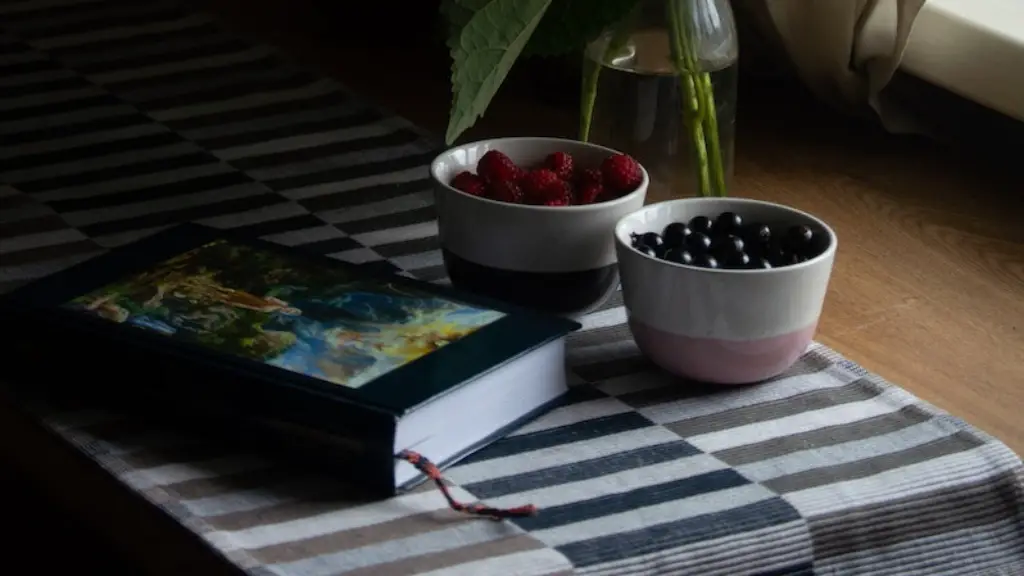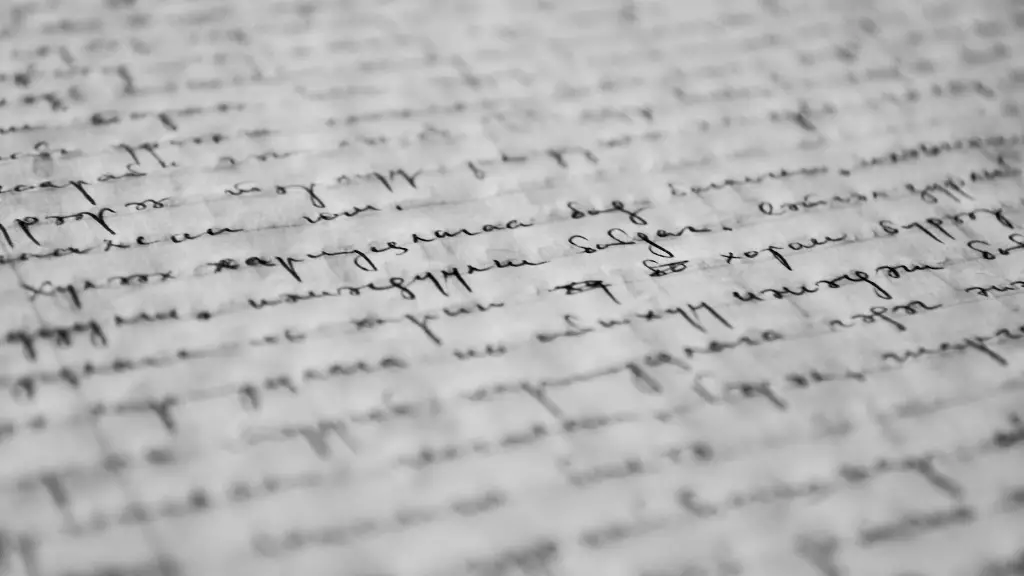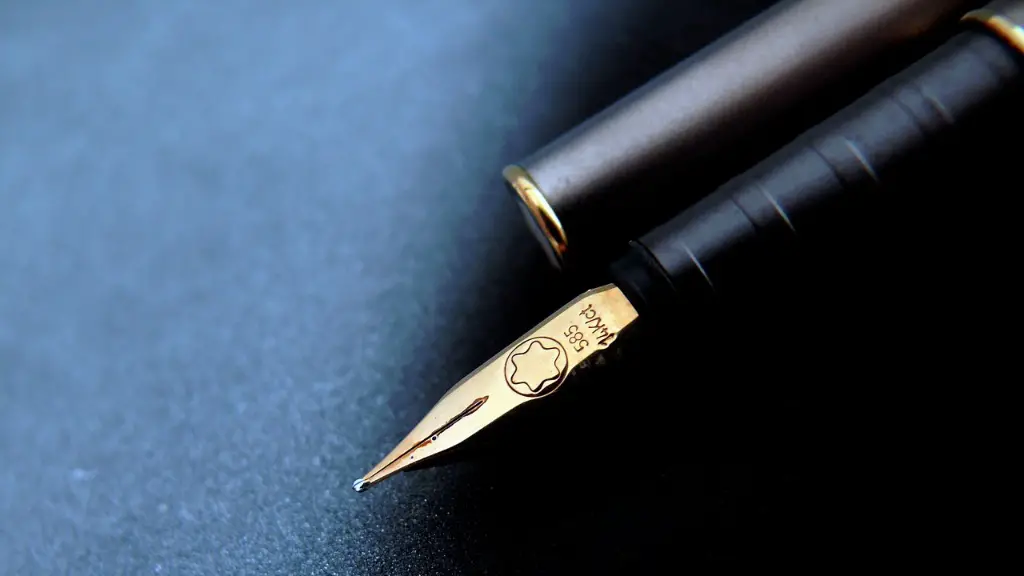Types of Poetry
Poetry is an art form with a long history that dates back centuries. Today, poets are writing in a plethora of forms and styles, such as broadsides, sonnets, ballads, villanelles, and limericks. It is important to understand the various forms of poetry, as each form has its own unique writing style and structure.
The Sonnet
One of the oldest forms of poetry is the sonnet, a fourteen-line poem with a particular rhyme scheme and meter. The traditional sonnet has a set rhyme scheme of ababcdcdefefgg, with a meter of iambic pentameter (a line of verse consisting of five iambic feet). This form of poetry is often used to express love or deep emotion, and has its origins in Italian poetry of the 14th century.
The Ballad
The ballad is a form of poetry that has been around since the medieval period. Ballads often tell stories and feature three-line stanzas (verses) known as tercets. Each tercet has its own distinct rhyme pattern, often using the same two end rhymes throughout the poem. The overall structure of the poem can be varied depending on the subject of the poem.
Free Verse
Free verse is a type of poetry that does not adhere to any particular rhyme scheme or meter. This can make it an accessible form of poetry for new poets, as there is no set structure that must be followed. Free verse can be used to express feelings and ideas in a creative and lyrical way.
Haiku
The haiku is a Japanese form of poetry that consists of three lines. Each line has a set number of syllables: five for the first line, seven for the second, and five for the third. The haiku is often used to evoke a particular emotion or to capture a moment in time.
The Villanelle
The villanelle is another traditional form of poetry that was originally used in songs and folk tales of the 16th century in Italy and France. It is composed of nineteen lines with a particular rhyme scheme, often consisting of two repeating rhymes interspersed with other rhymes. The villanelle is a challenging form of poetry, as it has a very specific structure that must be followed in order to create a successful poem.
Limerick
The limerick is a humorous form of poetry that is written in five-line stanzas with a specific rhyme scheme (aabba) and a meter of trochaic tetrameter (a line of verse consisting of four trochaic feet). Traditionally, limericks tell short, often witty stories in a lighthearted way.
Broadside
The broadside is a traditional form of poetry that was popular in the 16th and 17th centuries. It is written in six-line stanzas with a particular rhyme scheme (ababcc) and a meter of iambic tetrameter (a line of verse consisting of four iambic feet). Broadside poems were often written to comment on social and political issues, and were posted on walls or handed out in public places to spread the message throughout the populace.
Creating Poetry
Poetry is a creative art form, and all it takes to create a poem is a bit of creativity, imagination, and an understanding of the various forms of poetry. Whether you choose to write a sonnet, ballad, haiku, limerick, or any other form of poetry, the possibilities are endless.
The Power of Poetry
Poetry has the power to capture and express emotion in a way that no other form of writing can match. It is a form of art that can be used to create deeply meaningful and powerful works of literature. Poetry can also be used to communicate ideas or stories in a succinct, lyrical way.
The Importance of Poetry Criticism
Critical analysis of poetry is an important part of understanding the writing. By looking at how poets use language, structure, meter, and form to convey meaning, we can better understand and appreciate the art of poetry.
The Future of Poetry
Poetry has been around for centuries, and it is still alive and well today. As technology continues to expand and evolve, we can expect to see more innovative and creative forms of poetry emerge. Poetry will remain an important part of literature for generations to come.



